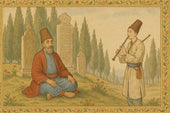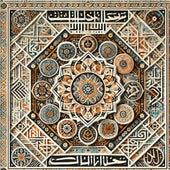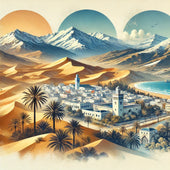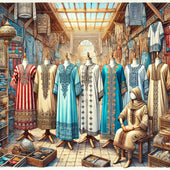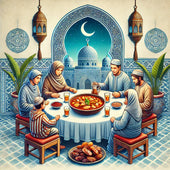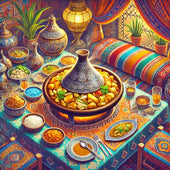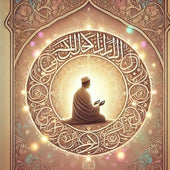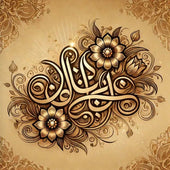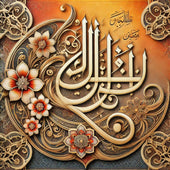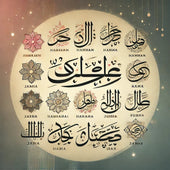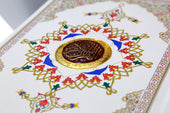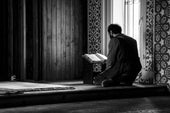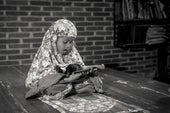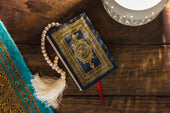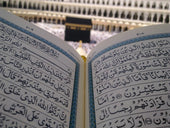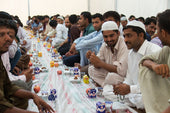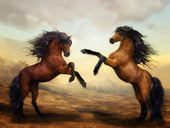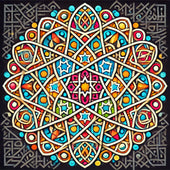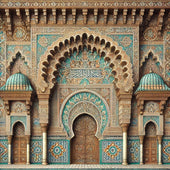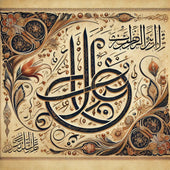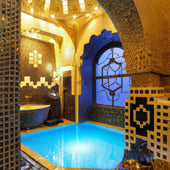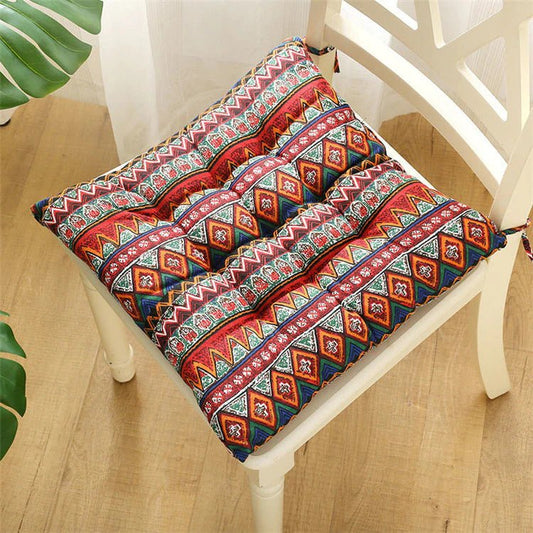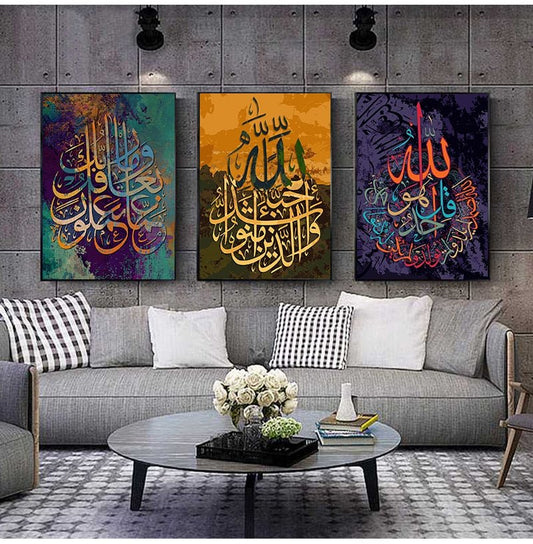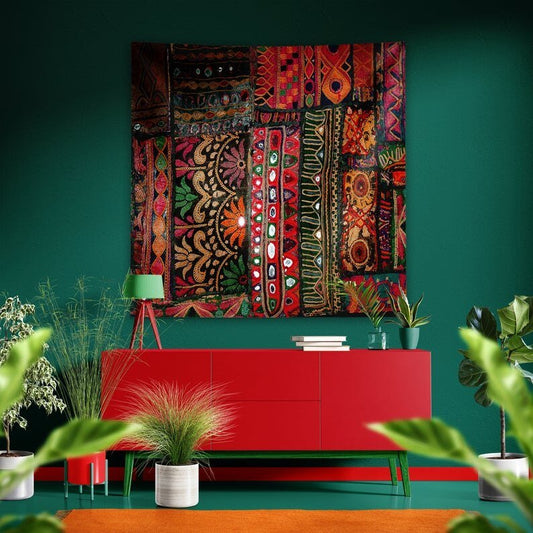The Berber Warriors: Bravery and Valor
The Berber warrior, legendary figure and essential legacy of Berber history, embodies universal values of bravery, courage and resistance. In times when survival and honor depended on the ability to defend oneself and one's community, these warriors stood out for their resilience and skill in battle.
From the sand dunes of the Sahara to the Atlas Mountains, Berber warriors were the true defenders of their land and their culture. They resisted multiple invasions, from the Phoenicians, Romans, Byzantines, to the Arabs, and played a crucial role in preserving the identity and integrity of the Berber civilization.
Origin and History of the Berbers
The Berber people, known as the Imazighen, which means "free men", are an indigenous people of North Africa. Their presence in this region dates back over 4000 years, making them one of the oldest known cultures in history. The Berbers have a complex history, marked by great cultural and linguistic diversity, and an impressive resilience in the face of challenges and invasions.
The history of the Berbers is that of a people in constant resistance, seeking to preserve its culture, its language and its traditions in the face of foreign domination. Berber warriors have played a vital role in this history of resistance, defending their land and their people with unwavering courage and determination.
Role of the Berber Warriors
The role of Berber warriors went far beyond simple combat. These figures were venerated and respected, as they represented the ideal of the free, courageous and independent man. They were not only defenders of their people, but also protectors of their culture and guardians of their identity.
In a largely nomadic and pastoral society, the Berber warrior had a place of honor. He was considered the symbol of bravery and strength, and his role was essential in the defense of the community. In addition, he was also a leader, advisor and mediator, playing a central role in resolving conflicts and making important decisions for the community.
The equipment of the Berber Warrior
An interesting aspect of Berber culture is the specific equipment of the warriors, which reflected their way of life and their environment. This included their weapons, which were tailored to their fighting style, as well as their costume, which was both practical and symbolic.
The Arms of the Berber Warrior
Berber warriors were equipped with various weapons suited to their environment and fighting style. Among these weapons were the "Koumia", a type of dagger, the "Nimcha", a type of sabre, and the spear, a weapon of choice for combatants on horseback. Sometimes they also used shields made of animal skins to protect themselves during battles.
These weapons were not only tools of war, but also works of art. They were often decorated with Berber motifs, which added an aesthetic and symbolic dimension to their use.
The Berber Warrior Costume
The Berber warrior's costume was also a distinctive part of his identity. It consisted of a tunic called "Djellaba", loose trousers, and a turban. The turban, in particular, was an important element, since it served not only as protection against the sun and the sand, but also as a distinctive sign of belonging to a certain tribe or community.
These garments were usually white or tan in color, to blend in with the desert environment. They were also adorned with Berber motifs, adding an aesthetic and symbolic dimension to their practical function.
Famous Berber Warriors
Over the centuries, several Berber warriors have marked history with their exploits and their courage. Among the most famous are Kahina, a 7th century Berber queen and warrior, and Massinissa, the first king of unified Numidia.
Kahina: The Warrior Queen
Kahina, or Dihya as she is known in Arabic sources, is a legendary figure in Berber history. She was a queen and warrior of the Djerawa tribe, which resisted Arab conquest in the 7th century. Kahina led his troops with great bravery, inflicting several defeats on the Arab armies. Her courage and determination made her a symbol of resistance and the struggle for independence.
Massinissa: The Warrior King
Massinissa, king of Numidia in the 3rd century BC, is another famous Berber warrior. Born into a noble family, he was raised in the warrior tradition and quickly demonstrated his talents as a strategist and leader. He is best known for his role in the War of Carthage and Rome, where he played a decisive role in allying himself with Rome and contributing to the defeat of Carthage.
Conclusion: The Legacy of the Berber Warrior
The legacy of the Berber warrior lives on today through Berber culture and beyond. The Berber warrior symbolizes the spirit of resistance, courage, and Berber cultural identity. Her story is an inspiration to all who believe in the value of defending their land and culture in the face of adversity.
FAQs
Q: Who were the Berber warriors?
A: Berber warriors were fighters from the ancient Berber civilization, known for their courage and resistance to invasions.
Q: Who are the most famous Berber warriors?
A: Among the most famous Berber warriors are Kahina, a 7th century queen and warrior, and Massinissa, the first king of unified Numidia.
Q: What was the importance of warriors in Berber society?
A: Warriors played an essential role in Berber society. They were not only fighters, but also leaders and protectors of their culture and identity.
Q: What was the typical equipment of a Berber warrior?
A: A Berber warrior was usually equipped with weapons like the koumia or the nimcha, and wore a djellaba, loose trousers and a turban.
To discover more fascinating stories and Berber cultural meanings, visit our site https://decorateur-oriental.fr/ . Immerse yourself in the world of Berber culture with us!



